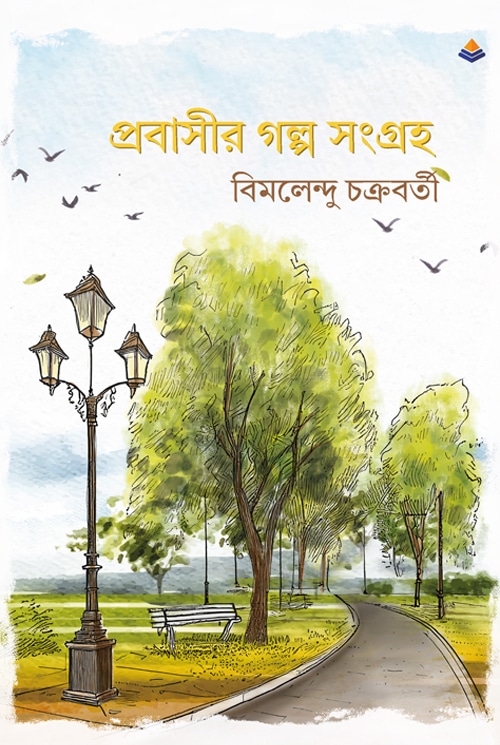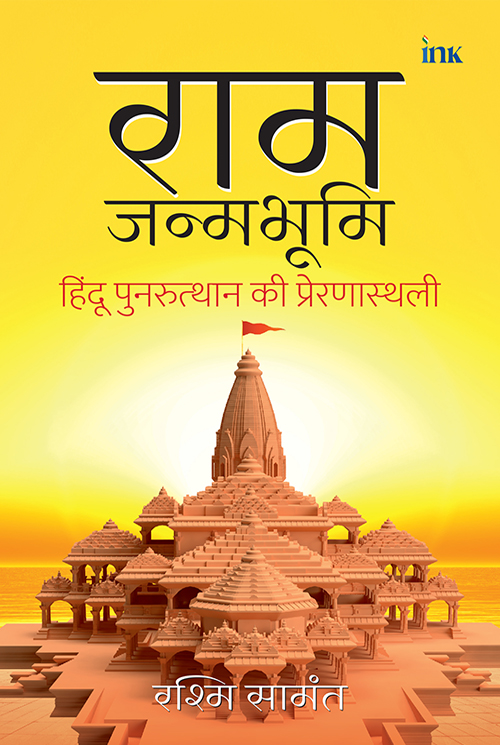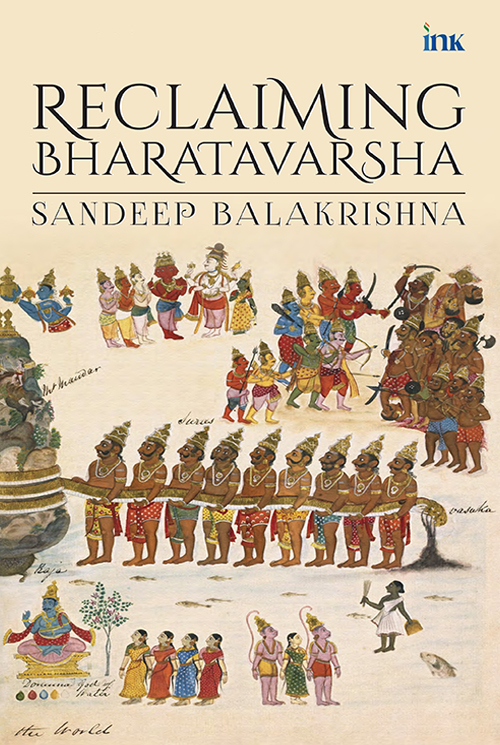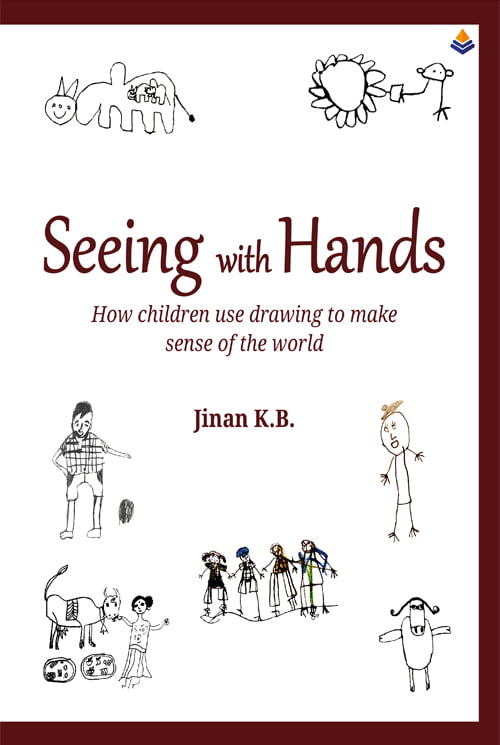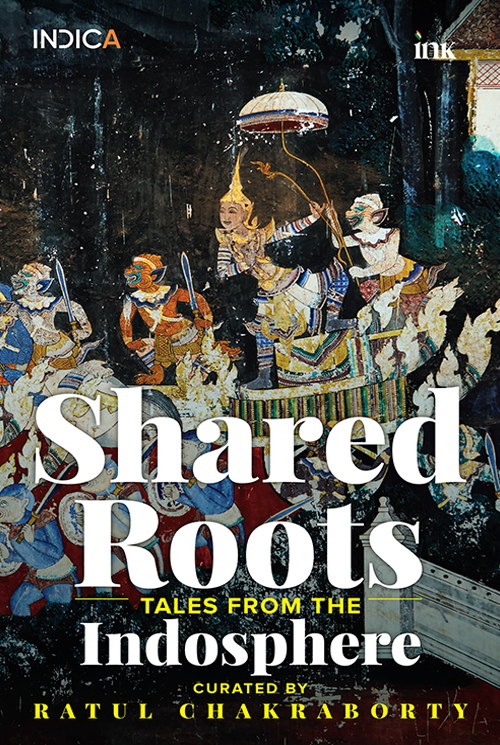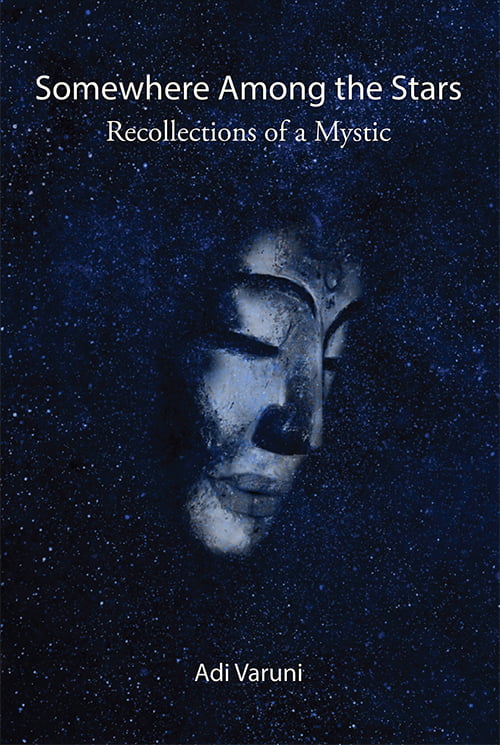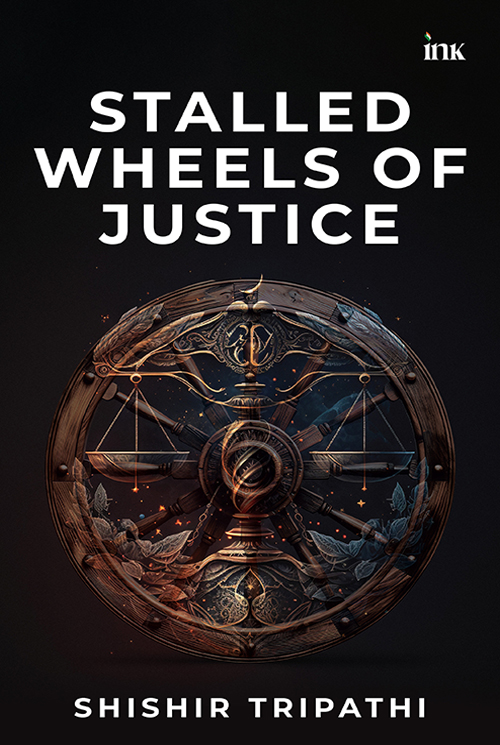Probashir Golpo Songroho
When suave writing is interwoven with simplicity, then we get a book like Probashir Golpo Shongroho. A collection of 21 stories from the author of the much-appreciated autobiography, Jana Awjanar Majhe, they peek into the author’s life, his thoughts, and his soul. The stories are layered beauties – how else would you explain a horror story speaking of ‘sorry is still so tough to say’ or the tale of how the author had gotten saved from many neardeath experiences talking subtly about ‘when the Lord protects us, we can defy death’. Each story is not more than three to four pages long, but the music that he plays with the words, moving from one note to another, surprising the reader with the unexpected, shows the deftness of the author’s writing skills. He might be a fan of the stalwarts of Bengali literature, but he, himself, is definitely one too.


